Now that we’re already accustomed to wearing facemasks and physical distancing, let’s talk about the less familiar safety measures. Couples who have decided to wed in a “socially distant” way need to be willing to adjust their expectations and plan for a a celebration that is feasible and appropriate given the current situation. To help them out, we compiled a list of practical and helpful controls that can be put in place in their weddings. We recommend first familiarizing yourself with the existing rules of the government and of your chosen venue before deciding on additional layers of safety to carry out. Although this may not look like the wedding you initially dreamed, you can rest well knowing you will still be marrying the man of your dreams. Make the most of planning your wedding, and enjoy the ride!
[Note: These are recommended safety protocols IN ADDITION to government rules and regulations on mass gatherings.]
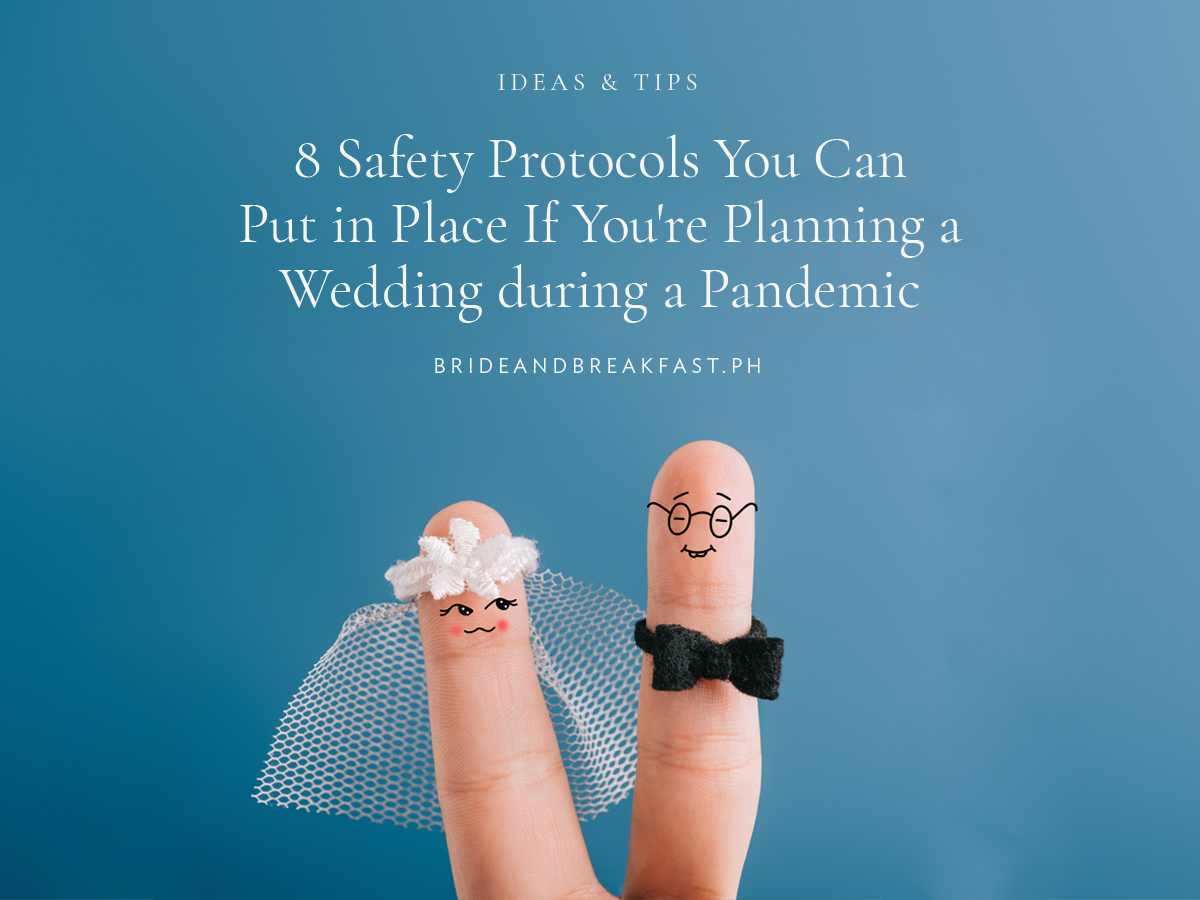
![[LAYOUT 1 - Opt for An Outdoor, Open Air Venue]](https://brideandbreakfast.ph/wp-content/uploads/2020/10/8-Safety-Wedding-Protocols-02.jpg)
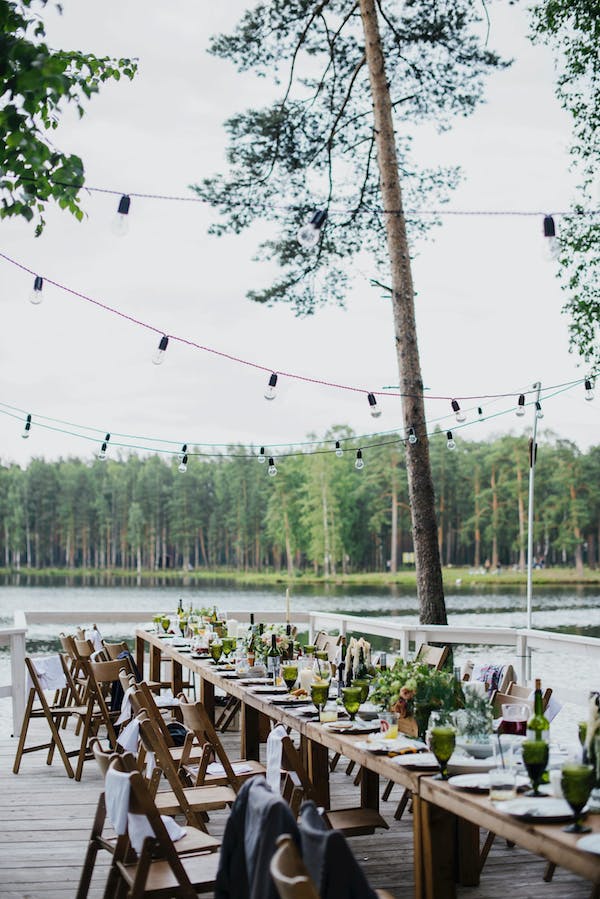
You know what they say—location, location, location! Moving the reception outdoors means fresh air circulating continuously and a significantly lower (but still not zero) chance of transmission when compared to gathering indoors. Do note that although set “outdoors,” if you enclose and air-condition your guests, the risk of exposure is still comparable to any ballroom.
![[LAYOUT 2 - Equip Your Entrance with Temperature Checks and Sanitation Tools]](https://brideandbreakfast.ph/wp-content/uploads/2020/10/8-Safety-Wedding-Protocols-03.jpg)
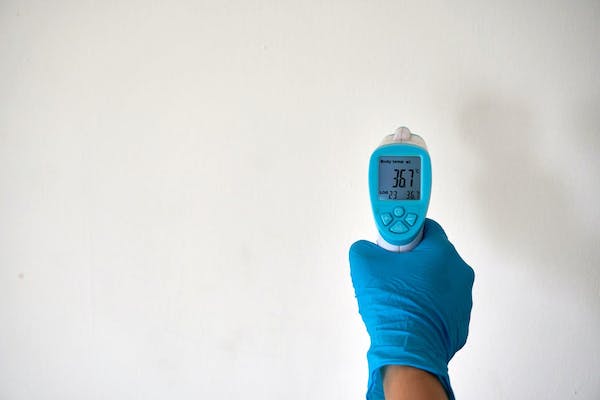
Another staple when you step outside are the standard temperature checks and sanitation mats and dispensers. Assign a skilled individual to check each person entering the premises and ensure they are properly disinfected. Also, be sure to distribute digital versions of the DOH Health Declaration Form to your guests, so they can fill them out prior to arriving. This prevents congregating while filling them up and sharing of writing apparatus.
![[LAYOUT 3 - Get Creative with the Seating Arrangements]](https://brideandbreakfast.ph/wp-content/uploads/2020/10/8-Safety-Wedding-Protocols-04.jpg)

Round tables have ruled the reception scene for years, so we think it’s high time other table arrangements are given some attention. Long, rectangular tables can actually seat more guests while meeting social distancing requirements as compared to round ones. We suggest combining tables of varying sizes to accommodate seating guests by household. Even meters apart, guests might feel more comfortable surrounded by familiar faces since they will be be unmasked during the meal.
![[LAYOUT 4 - Carefully Plan Meal Service with Your Caterer]](https://brideandbreakfast.ph/wp-content/uploads/2020/10/8-Safety-Wedding-Protocols-05.jpg)

Low physical touch, but high personal touch is the name of the game now for reception menus. Try and avoid buffet service and pass-around appetizers because of their higher chance of contamination. An elegant plated meal is the safest choice when served by staff wearing masks, shields, and gloves. You also might want to rethink that charcuterie spread and dessert bar. Don’t worry about failing to meet expectations set by “traditional” weddings, your guests will understand and appreciate your consideration!
![[LAYOUT 5 - Prevent Guests from Congregating at the Bar]](https://brideandbreakfast.ph/wp-content/uploads/2020/10/8-Safety-Wedding-Protocols-06.jpg)

The dance floor and the bar are the two most popular spots of a wedding reception. While dancing might be a little easier to strike out from the program, drinking is a whole other story. Instead of an open bar set up, assign a staff to each table who will take drink orders and serve to the table directly. This limits guests lining up at the bar and interacting right in front of the beverages. Consider putting a limit on the alcohol to be served since guests under the influence are more likely to forget social distancing altogether.
![[LAYOUT 6 - Communicate Safety Protocols Throughout the Affair]](https://brideandbreakfast.ph/wp-content/uploads/2020/10/8-Safety-Wedding-Protocols-07.jpg)
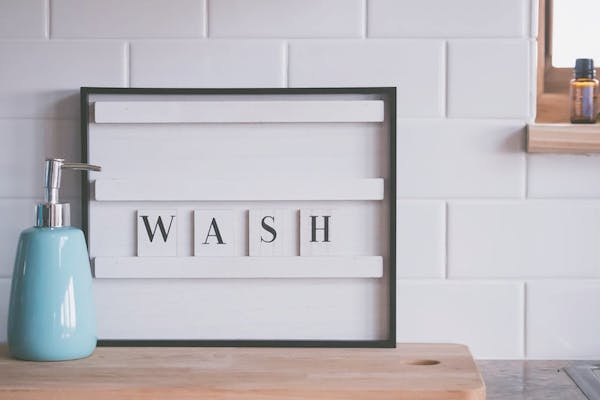
The ambiance of a wedding is like no other and can definitely make you forget your troubles even for just a moment. Control the possibility by consistently communicating safety protocols. From your invitations, to pre-event reminders, to salient signs on the wedding day itself, remind guests to stay vigilant. Hiring a professional Wedding Coordinator could save you from much of the stress. They will ensure protocols are effectively conveyed and complied with by guests and vendors before, during, and after the event.
![[LAYOUT 7 - Don't Forget to Sanitize the Restrooms]](https://brideandbreakfast.ph/wp-content/uploads/2020/10/8-Safety-Wedding-Protocols-08.jpg)
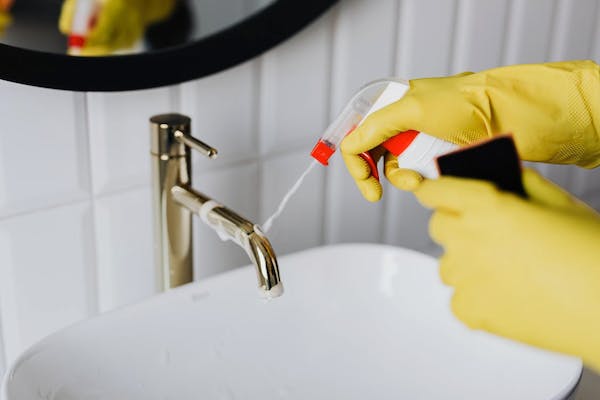
Since the virus can be spread via infected surfaces, it’s important to limit, if not completely eliminate, anything for common use. It’s unavoidable that bathrooms will be shared by your attendees, so be sure to take extra measures to keep it safe. Keep windows open for airflow and ventilation. Get help to sanitize door handles, flush, sink, and other common surfaces in between use of each guest. Alternately, ask your guests to sanitize their hands before and after use of the restroom.
![[LAYOUT 8 - Test All Guests and Suppliers Before the Wedding]](https://brideandbreakfast.ph/wp-content/uploads/2020/10/8-Safety-Wedding-Protocols-09.jpg)
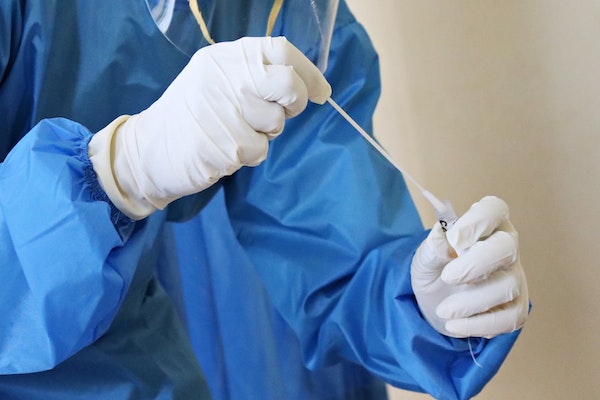
If the budget allows and your minimal guests and suppliers are willing, arrange to have everyone tested prior to the wedding. Although no test can deliver 100% accuracy, this precaution is still something to consider to isolate any asymptomatic attendees. A PCR test is the gold standard in diagnosing COVID-19, but it is also more costly. For this to be implemented successfully, tested individuals should be on strict home quarantine from the time of the swab test until they leave their homes for the wedding. You don’t want to risk possible infection in the days in between!









